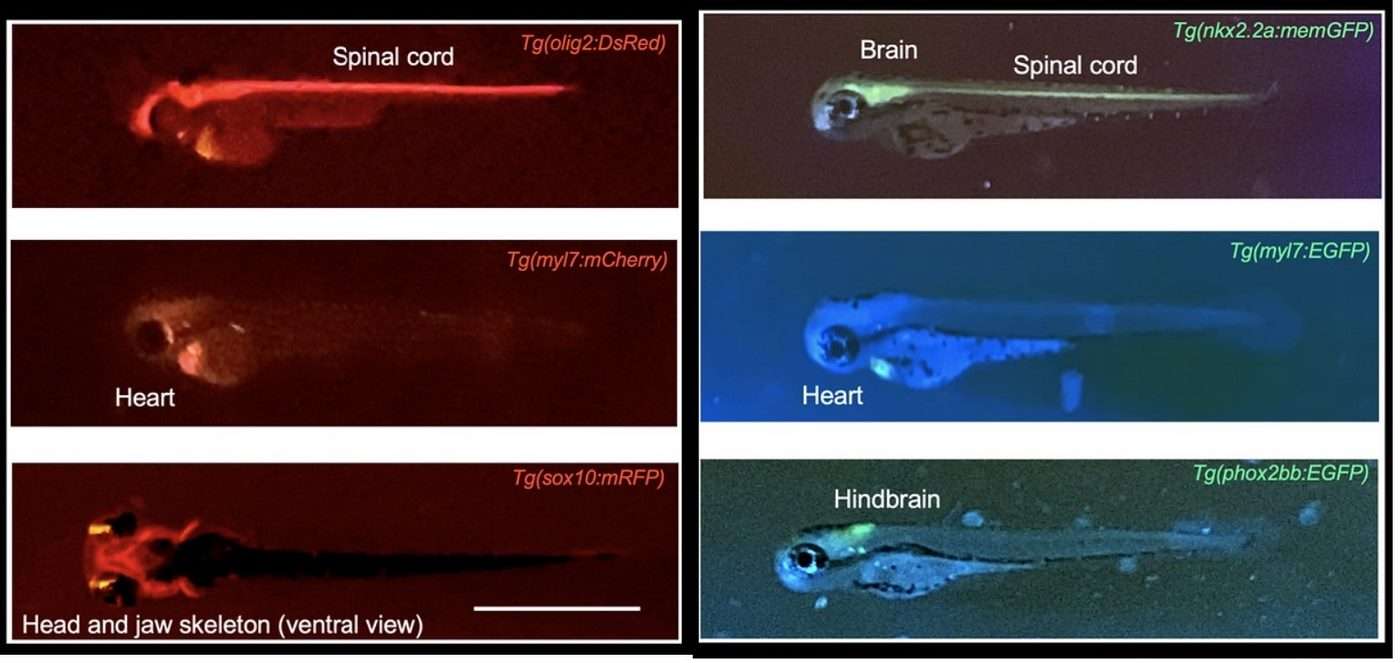Newly Discovered Enzyme Turns Air Into Electricity, Promising a New Clean Source of Energy
The discovery promises to open up a new field of clean energy that would take on all kinds of sci-fi forms.

Researchers looking to help students at school have used low-cost materials like theater lighting filters to turn regular smartphone cameras into fluorescent microscopes.
The resolution they say is around one-thousandth of a millimeter, but the cost reduction could literally be hundreds of thousands of US dollars.
Called the "Glowscope" a team at the biology department at Winona State University, Minnesota, designed the configuration to help with STEM outreach and education.
In a study published in Nature, the Winona team showed that 10-micrometer resolution could be achieved with the Glowscope, which allowed them to perform detailed fluorescent microscopy on zebrafish.
"The resolution and sensitivity of modern smartphone and tablet cameras surpass the capabilities of many scientific cameras still being used for research applications," the authors explain.
In testing whether a clip-on macro lens, theater and stage lighting filters, and hunting and fishing flashlights could combine with a smartphone to do microscopy, the researchers found that Glowscopes were sensitive enough to detect green and red fluorophores well, and were capable of detecting changes to heart rate and rhythmicity in embryonic zebrafish.
It was mostly new smartphones and tablets that were tested, from both Apple and Samsung models, with timelapse viewing done at resolutions of 1080p and 120 fps.
The team listed the Amazon.com product links for all components, which totaled between $30-$50.
MORE STEM TOOLS: He Invented a $2 Paper Microscope For Remote Lab Work So Scientists Don't Have to Haul Heavy Equipment
Last year, WS reported on a $2.00 microscope called the ‘Foldscope' made out of paper invented for similar reasons.
Stanford University bioengineer Manu Prakash saw in his team's $50,000 microscope a serious contradiction. As well as being bulky and ridiculously challenging to transport to remote locations, it needed training from skilled technicians to know how to use it. It also had to stay well out of the weather and other environmental impacts.
So he invented a portable one. Costing $1.75, the Foldscope has a 140x zoom, which is a small enough field to see a malaria parasite inside a cell.
SHARE This Great Idea With Your Friends In STEM…
Be the first to comment